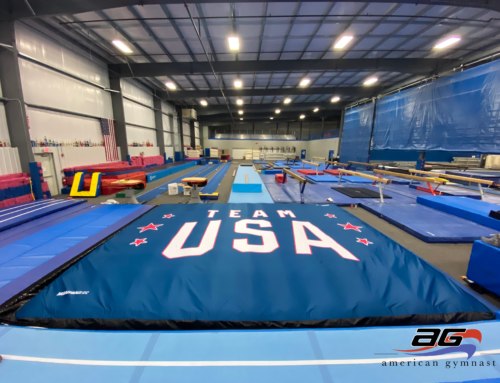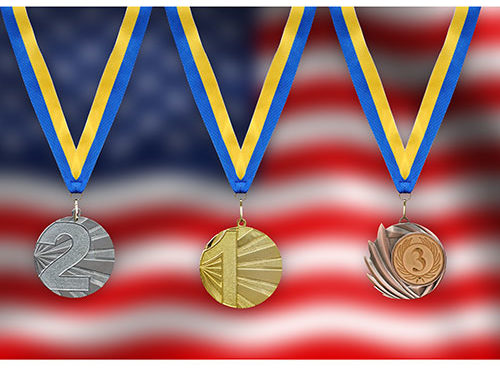“The perfect ten.”
Although we don’t actually see it happen in reality anymore, it’s a phrase that will forever be closely linked to the sport of gymnastics. It’s one of the concepts that first intrigued us and drew us into the sport from the day we began watching it, and it’s one of the markers that separates this sport from nearly all others. Unlike team sports such as football, basketball, baseball, and soccer, or even most individual sports like tennis or swimming – where the only competitors are the two opponents playing against each other – in gymnastics there exists an additional opponent that is never seen or heard, but which looms silently behind every routine that’s performed. That opponent is the perfect ten.
As execution standards have changed dramatically in the sport, it’s important to remember that a perfect ten years ago may not be accepted as a perfect ten today. It’s also important to understand that it really isn’t just execution alone that truly embodies the perfect ten; to fully capture the essence of the ten, there has to be something uniquely special about the routine…be it intriguing creativity or innovativeness, enchanting artistry, exquisite technique, or unparalleled virtuosity.
Below I’ve highlighted just a few routines on the men’s and women’s side that I consider to capture my own “perfect ten.” For many of you, the standards will be different, as will the routines that represent those standards. I encourage and welcome your feedback regarding which routines in history you consider to embody your “perfect ten.”
Yang Bo Beam 1990 World Cup
Yang Bo Beam 1989 China Cup
Natalia Laschenova Vault 1989 World Championships
Oleysia Dudnik Beam 1989 European Championships
Oleysia Dudnik Vault 1989 World Championships
Valentin Moguilny Pommel Horse 1986
Valentin Moguilny P-Bars 1985
Dimitri Bilozerchev P-Bars 1987 World Championships
Vitali Scherbo P-Bars 1992 Olympics
I’ll have more routines to come!
In the meantime, which routines in history represent your “perfect ten?”



Tong Fei FX EF 1983 Worlds. Probably the best FX performer ever.
http://www.youtube.com/watch?v=tMKiJLphKsc
I would add Anna Pavlova’s FX in 08 OG AA. Maybe also Cheng Fei’s FX in 04 OG TF, and possibly Li Li’s BB in 1990 Goodwill.